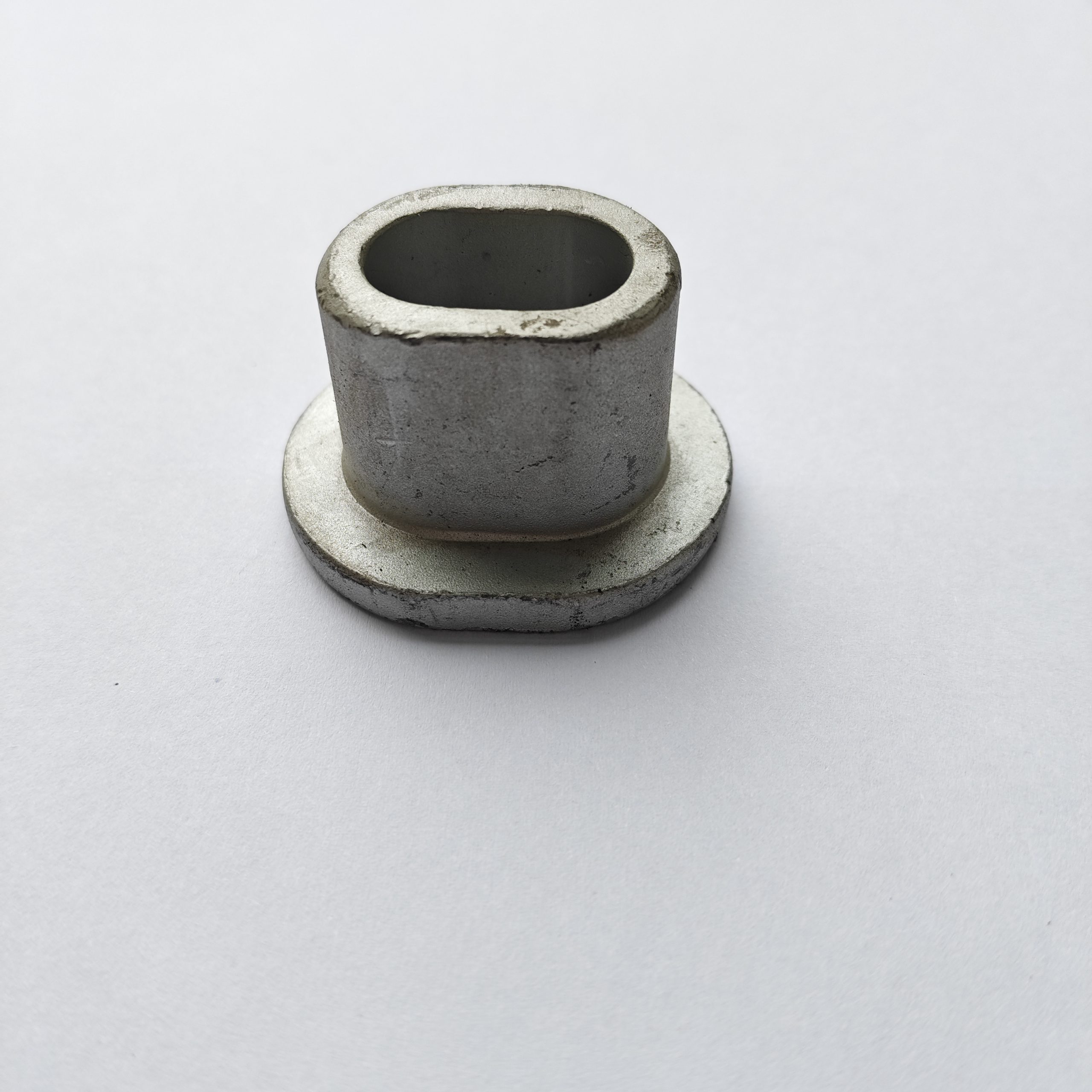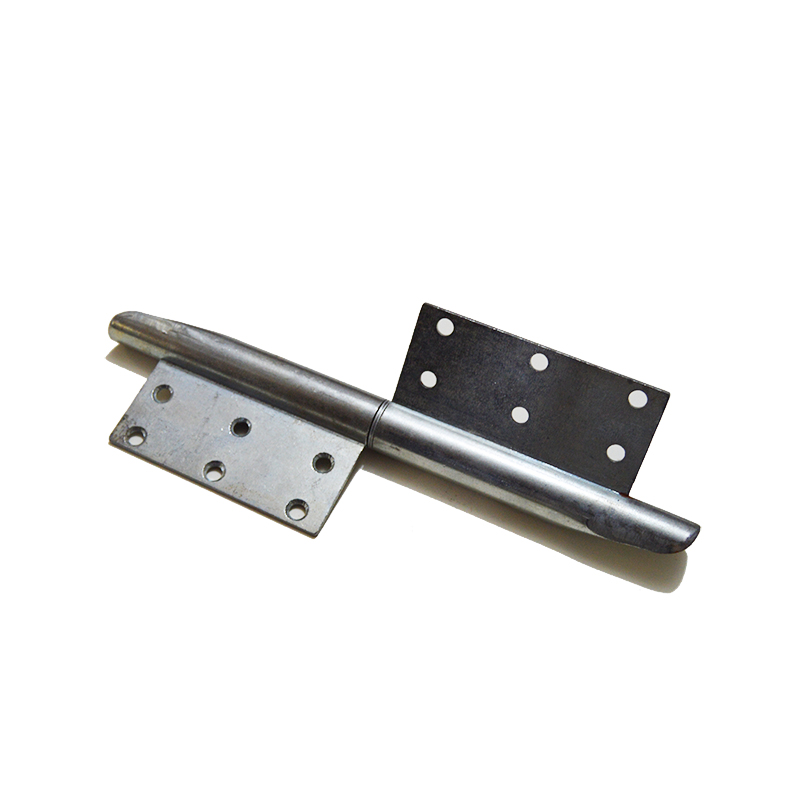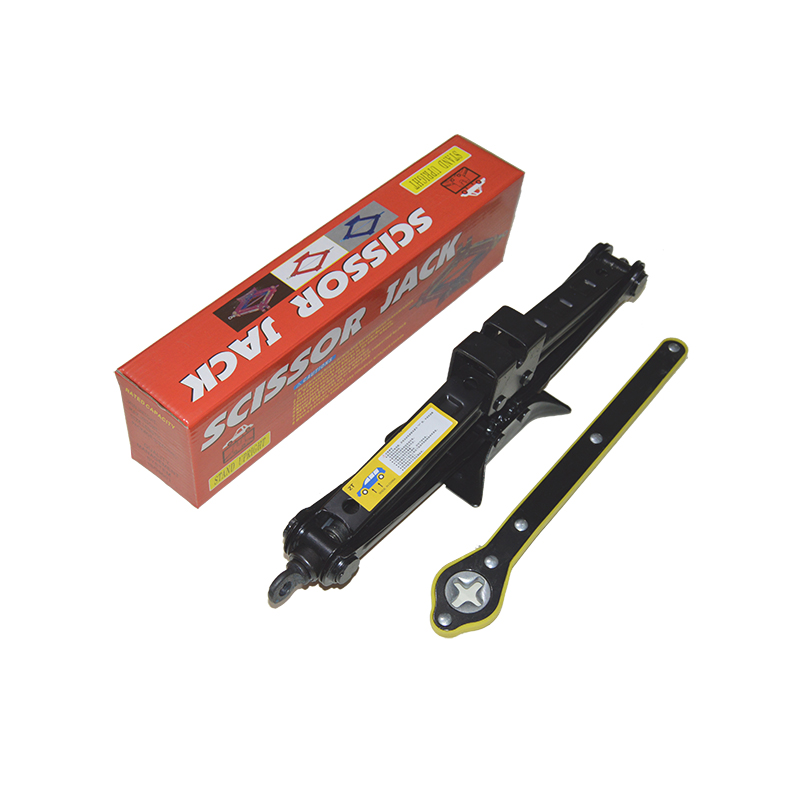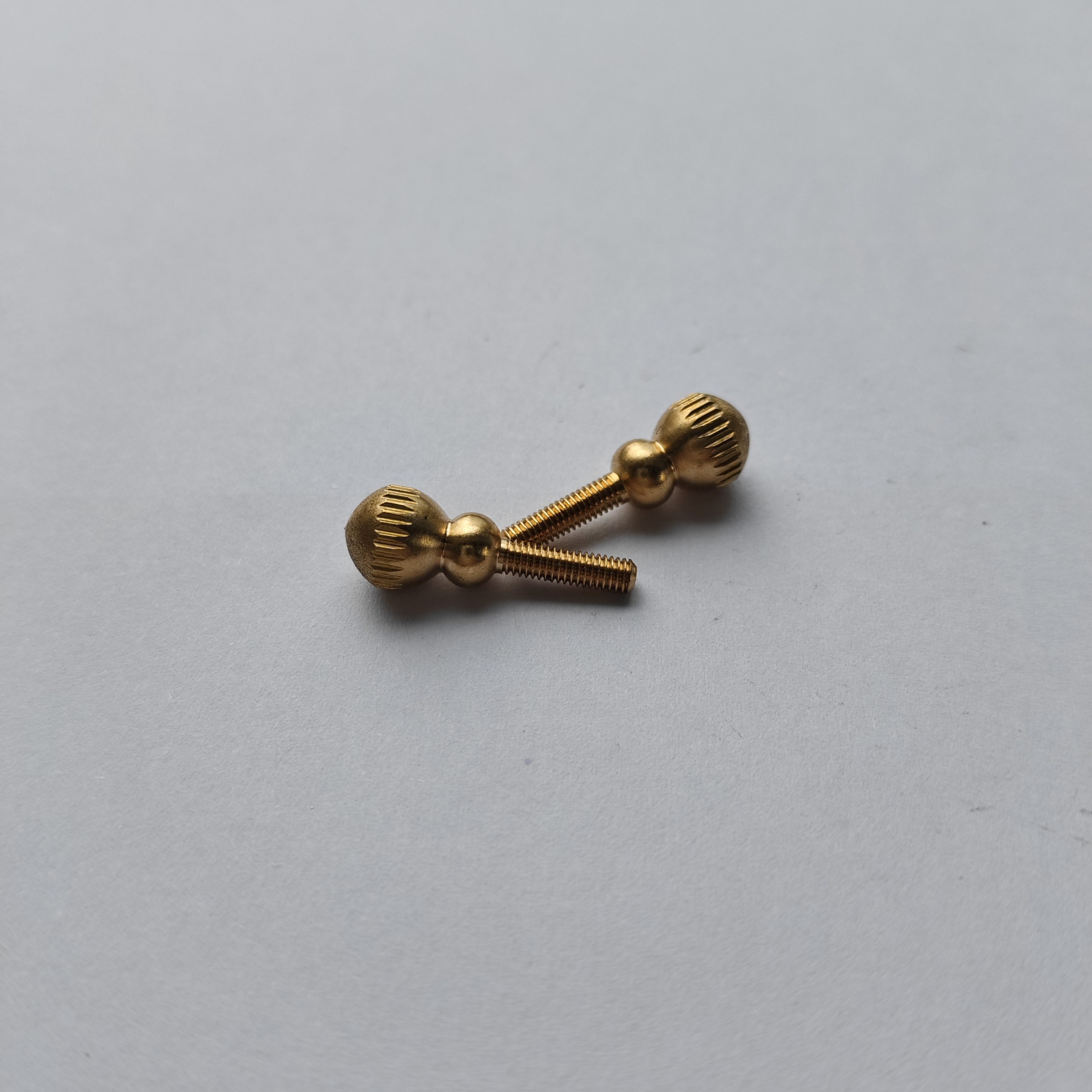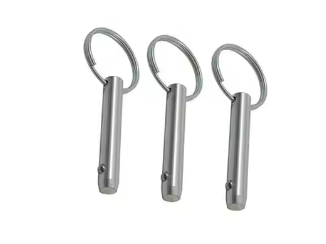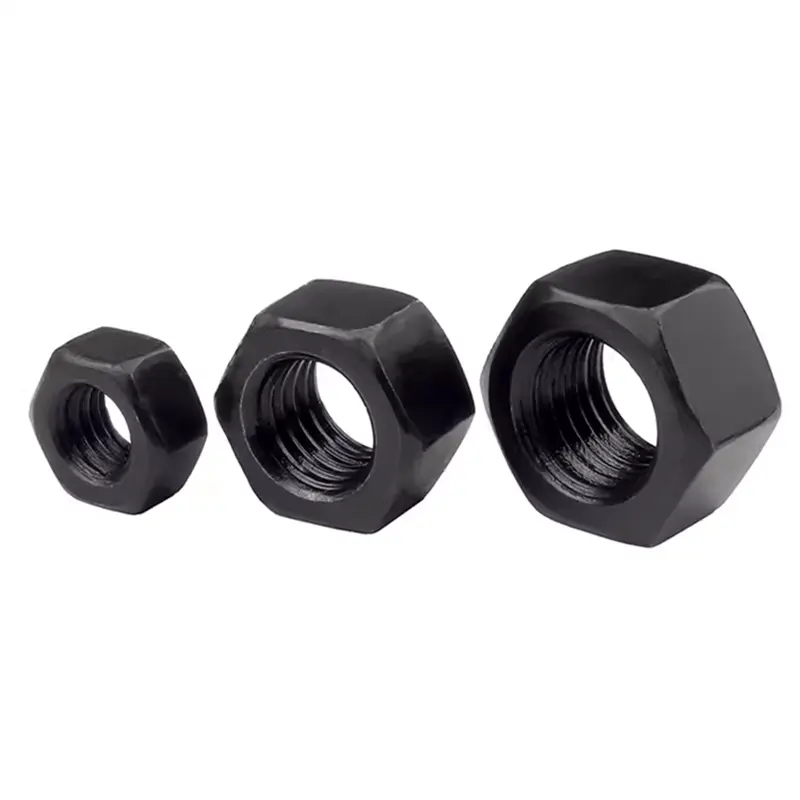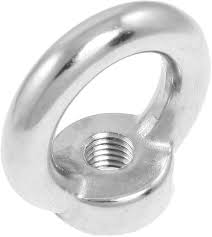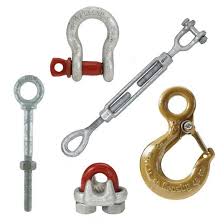

This comprehensive guide explores the world of stainless steel U-bolts, covering their types, applications, material properties, and selection criteria. Learn how to choose the perfect stainless steel U-bolt for your specific needs, ensuring durability and performance in various applications. We'll delve into the factors influencing selection, providing practical insights for engineers, contractors, and DIY enthusiasts alike.
Stainless steel U-bolts are available in various grades, each possessing unique properties. Common grades include 304 (18/8), 316 (18/10), and 316L. 304 stainless steel offers a good balance of corrosion resistance and strength, making it suitable for many general applications. 316 stainless steel provides superior corrosion resistance, particularly in chloride-rich environments, such as marine applications. 316L is a low-carbon version of 316, offering improved weldability. The choice of material grade depends heavily on the intended application and the environmental conditions the bolt will be exposed to. For highly corrosive environments, selecting a higher grade like 316 or 316L is crucial.
Stainless steel U-bolts come in a wide range of sizes, specified by the diameter of the bolt, the inside diameter of the U-shape, and the overall length. These dimensions are critical for ensuring a proper fit and secure clamping. Always refer to manufacturer specifications to ensure compatibility with your application.
Different finishes are available, including polished, brushed, and mill finishes. The finish chosen often affects both the aesthetic appeal and corrosion resistance of the stainless steel U-bolt. Polished finishes are more visually appealing but might offer slightly reduced corrosion resistance compared to other finishes.
Stainless steel U-bolts find widespread use across various industries. Their corrosion resistance makes them ideal for applications where exposure to moisture, chemicals, or harsh environments is a concern. Some common applications include:
The load capacity of a stainless steel U-bolt is a crucial factor. It is determined by the material grade, diameter, and the overall design of the bolt. Always ensure the selected stainless steel U-bolt can handle the anticipated load without failure. Overloading can lead to catastrophic consequences.
The environment the stainless steel U-bolt will be exposed to directly impacts the required corrosion resistance. Marine environments, for instance, require higher corrosion resistance than indoor applications. The selection of the appropriate material grade (304, 316, or 316L) is paramount here.
Depending on the application, the operating temperature range of the stainless steel U-bolt needs consideration. Some grades of stainless steel exhibit better high-temperature resistance than others. Always consult the manufacturer's specifications for the applicable temperature range.
Sourcing high-quality stainless steel U-bolts is critical for ensuring the success of your project. Reputable manufacturers and suppliers offer various grades, sizes, and finishes to meet diverse needs. For reliable and durable stainless steel U-bolts, consider exploring options from experienced suppliers like Hebei Dewell Metal Products Co., LTD. They provide a wide range of fasteners, including high-quality stainless steel U-bolts, known for their superior strength and corrosion resistance.
Selecting the appropriate stainless steel U-bolt requires careful consideration of various factors, including material grade, size, load capacity, corrosion resistance, and temperature resistance. By understanding these aspects and consulting reputable suppliers, you can ensure the longevity and effectiveness of your project. Remember to always check manufacturer specifications for detailed information on individual products.

